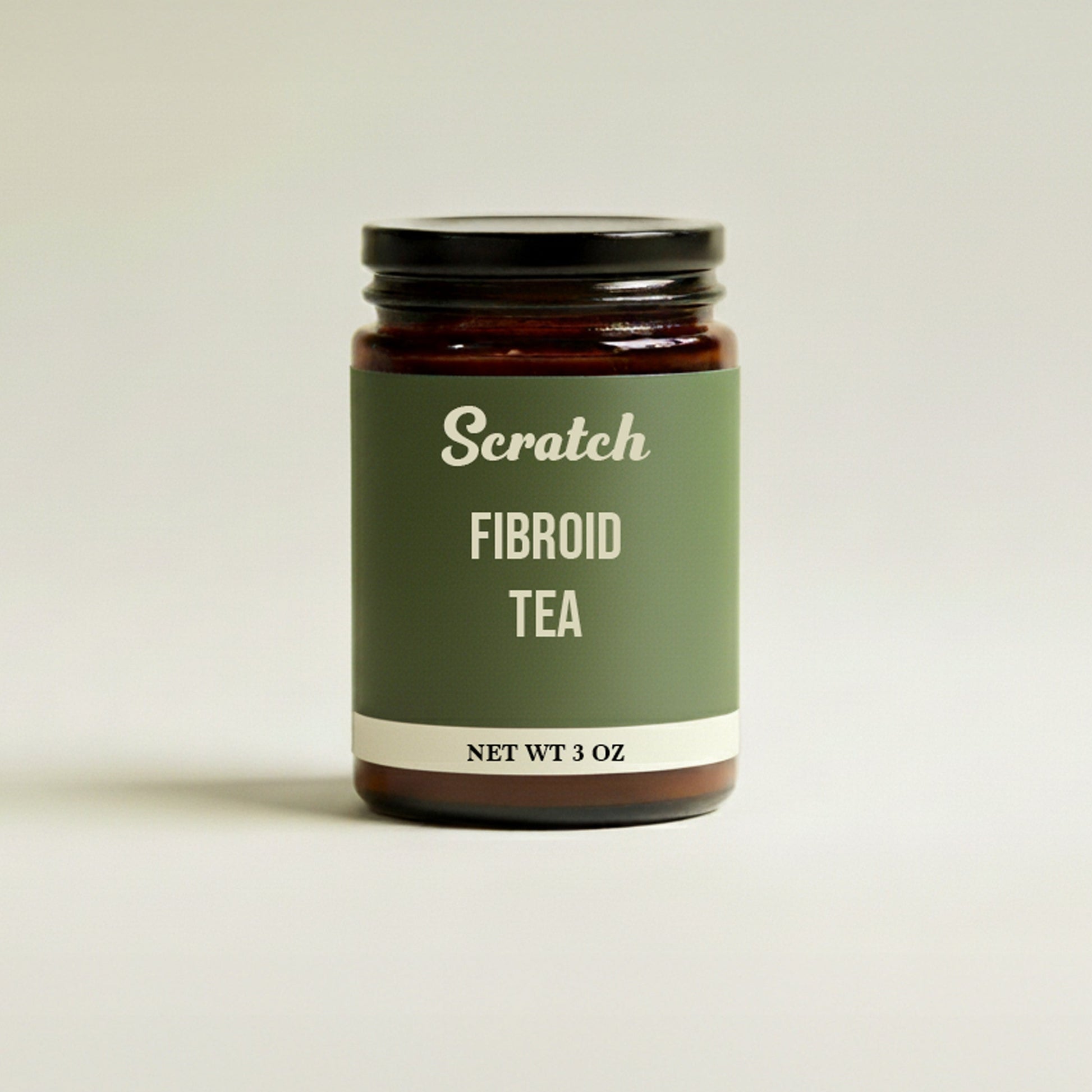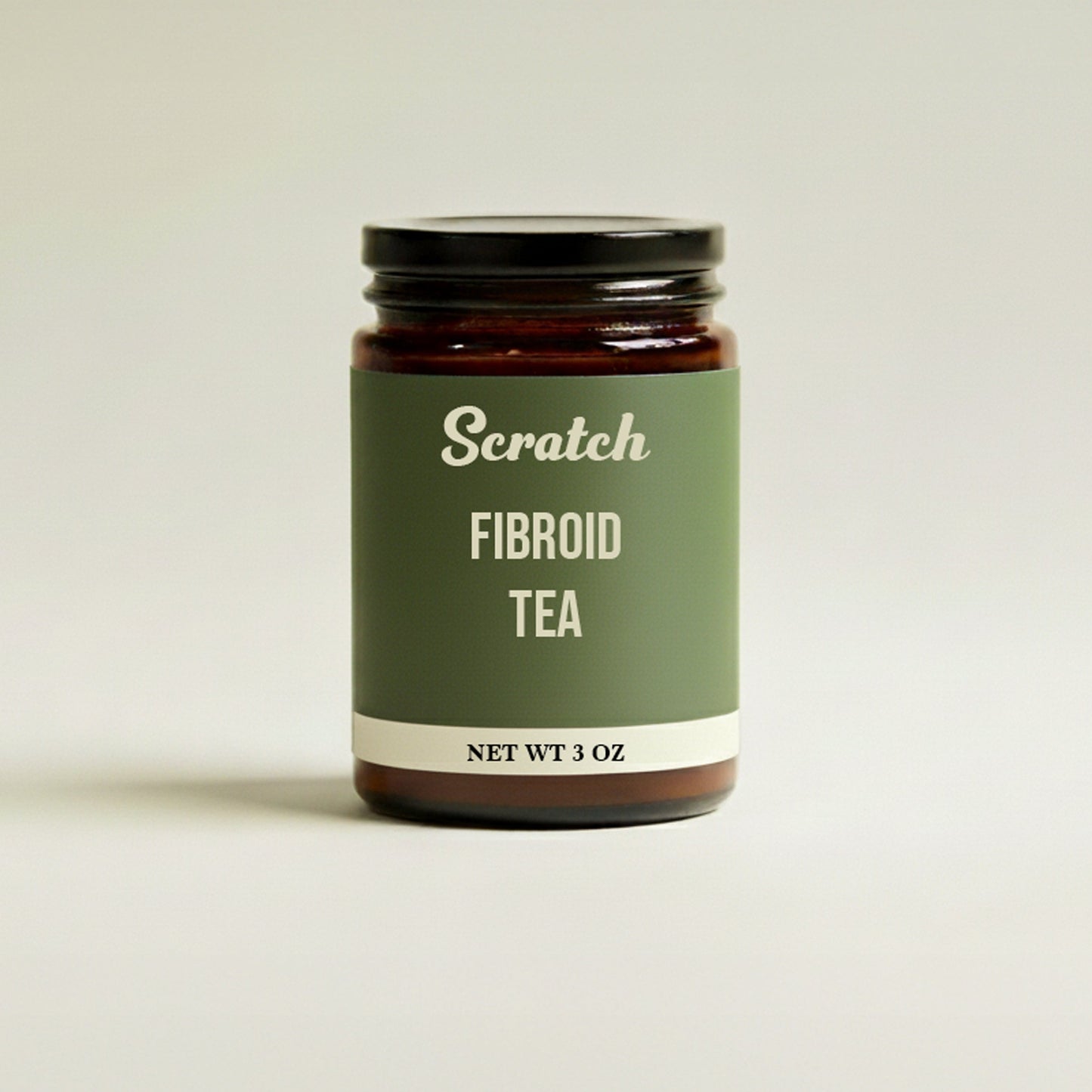Uterine fibroids—benign muscle tumors of the uterus—affect up to 70% of women by age 50, yet many go undiagnosed until symptoms become severe . Recognizing the early warning signs can help you seek timely care, explore less invasive options, and avoid complications like anemia, infertility, or surgery. Below are 7 fibroid symptoms you shouldn’t ignore, plus expert answers to common questions like “can you feel fibroids by pressing on your stomach?” and “what color is fibroid discharge?”
1. Heavy or Prolonged Menstrual Bleeding

Perhaps the most classic fibroid symptom, menorrhagia (heavy periods) occurs when fibroids distort the uterine lining or obstruct normal blood flow. You may soak through one or more sanitary products every hour for several hours—and this can lead to iron-deficiency anemia, fatigue, and dizziness .
Why It Matters:
Unchecked heavy bleeding not only disrupts your life but can also cause chronic anemia, weakening immunity and energy levels.
2. Severe Pelvic Pain & Cramping

Fibroids can trigger intense cramping, often worse than typical menstrual cramps, due to uterine muscle spasms and local inflammation. Pain may even radiate to the lower back or thighs.
Tip: Over-the-counter NSAIDs may mask pain but don’t address the underlying cause.
3. “Feeling” a Lumpy Abdominal Mass

Large fibroids (>5 cm) can sometimes be palpable as firm, irregular lumps in the lower abdomen.
Can you feel fibroids by pressing on your stomach?
Yes—if a fibroid grows outward (subserosal) or intramurally enough, it may present as a hard, movable mass that you (or your provider) can feel just above the pubic bone .
Action Step: If you detect an unexplained lump, schedule a pelvic ultrasound.
4. Bloating, Constipation & Abdominal Distension

When fibroids press on your bowel, they can slow transit—leading to bloating, gas, and constipation. This “fibroid belly” can mimic irritable bowel syndrome and leave you reaching for antacids or laxatives without relief.
5. Frequent Urination or Urinary Urgency

Subserosal or cervical fibroids may press on the bladder, reducing its capacity. You might find yourself running to the bathroom every hour—even waking at night to void.
Why It Matters:
Urinary frequency can increase UTI risk and fragment sleep, compounding fatigue from heavy bleeding.
6. Unusual Vaginal Discharge

Fibroids can alter normal uterine lining shedding and produce changes in discharge.
What color is fibroid discharge?
Fibroid-related discharge may appear brown (old blood), pinkish, or even gray if mixed with tissue debris. Foul odor or bright red bleeding outside of menses warrants prompt evaluation .
7. Reproductive Challenges

Fibroids—especially submucosal types that distort the uterine cavity—can interfere with implantation, increase miscarriage risk, and lead to infertility in up to 10–15% of affected women .
When to Worry:
If you’ve been trying to conceive for 6+ months without success, ask your doctor about fibroid screening.
When to See a Doctor
Contact your healthcare provider if you experience:
-
Menstrual bleeding soaking ≥1 pad/hour for >2 hours
-
Severe pain unrelieved by OTC medications
-
New, palpable pelvic mass
-
Urinary or bowel dysfunction impacting daily life
-
Infertility after 6+ months of unprotected intercourse
Early diagnosis (via pelvic exam and ultrasound/MRI) opens more options—medical, minimally invasive, and natural—for fibroid management.
Next Steps
You don’t have to navigate fibroids alone. Our Free Fibroid Guide delivers a complete, plant-based protocol—meal plans, herbal strategies, tracking tools, and expert insights—to help you take control.
👉 Sign up for our Newsletter for ongoing fibroid tips, and get instant access to:
-
Your Free Fibroid Guide PDF
-
Article recommendations like “How Diet & Lifestyle Can Shrink Fibroids Naturally”
-
Exclusive discounts on our herbal supplements
Don’t wait until symptoms escalate—arm yourself with knowledge, support, and natural solutions today!


















